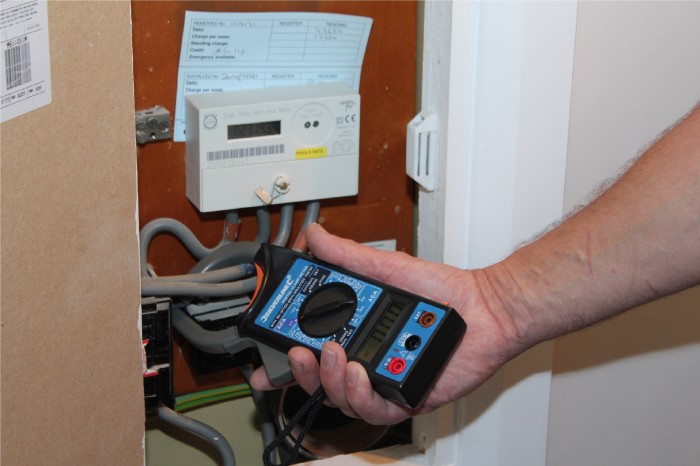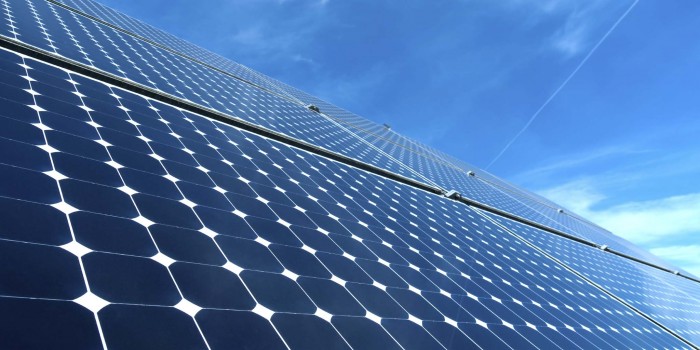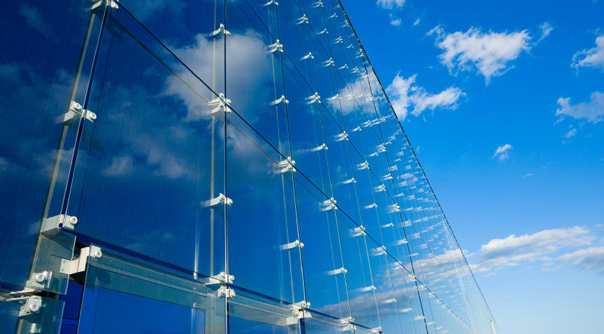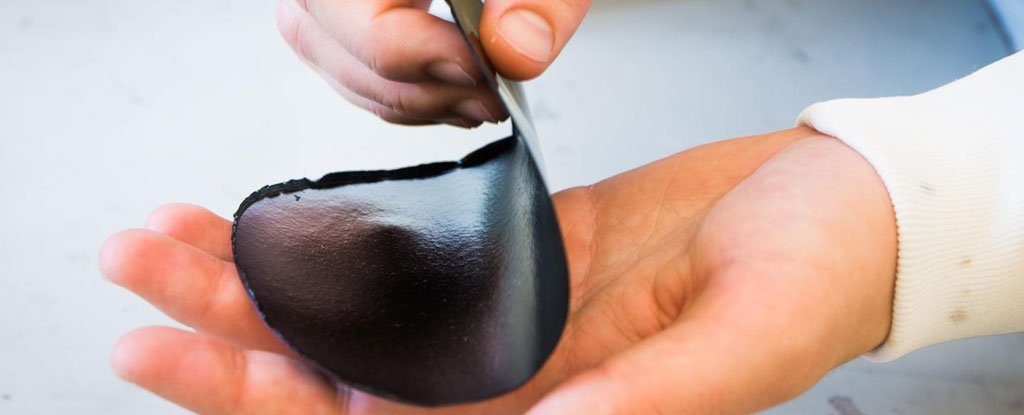Do you know the difference between a fuse box and consumer unit? Or what PAT stands for? Electricity plays a fundamental part in modern homes, meaning that it is important to be able to identify a problem. That’s why we have answered some of the most frequently asked questions below.

1. What is the difference between a fuse box and consumer unit?
- Fuse Boxes: Fuses are inserted into the sections within the unit or box. If too much electricity tries to pass through, the fuse will blow. This will disconnect the circuit and stop the flow of electricity. Each property with a fuse box will contain a switch that will turn the entire electricity supply off.
- Consumer Units: A consumer unit is a modern equivalent of a fuse box. The function of the unit is to protect the circuits from becoming overloaded, additionally it detects any sudden changes to the flow of current. Circuit breakers are screwed into the unit, monitoring the supply of electricity, noting any varieties, for example a faulty appliance will trip the unit. This will disconnect the circuit and stop the flow of Each property contains a switch that will turn the entire electricity supply on and off.
2. How do I know if my property needs electrical rewiring?
Rewiring work takes place when the wiring to a property is added, renewed or replaced. Rewiring work is required when:
- The existing wiring of a property is in a dangerous condition
- The current wiring is inadequate or not fit for purpose
- The function of the room is changed, i.e. an extension is created
- The electrical supply of a property is required to be brought to the current standard
3. What does PAT stand for?
PAT stands for Portable Appliance Testing. This is used to test any portable electrical appliance that is likely to or can be moved. Examples of this can include hairdryers, printers and toasters. This does not relate to appliances that are directly wired. There are no absolute rules on how often PAT testing should be carried out, regulations suggest that regular inspections should be undertaken. Portable Appliance Testing is a requirement in work environments and must be carried out when appliances are:
- Supplied or hired
- Replaced or serviced
- Used by employees
- Used by the public in establishments such as schools, hospitals and hotels
When an appliance is tested it will be issued with a serial number. A report form is complied, containing the details of the test, including the appliance type and number, along with the date of the next required test (This will be a sticker detailing the test number and date).
4. How do electric showers work?
Electric showers work in a similar way to a kettle, taking cold water and heating it over an electric element to supply water at the chosen temperature through the shower head.
5. What can I do if my shower is not heating up properly or leaking?
If there is a problem with the shower itself, for instance the water is not heating up or the shower is leaking, then it is important to note how old the shower is, as we can only attempt to repair a shower that is 2 years old or younger. This is because parts for electric showers are not readily available after this time period and is not cost effective to have them repaired.
6. What are mixer showers?
Mixer showers consist of hot and cold water being fed from the existing water system, in which is then mixed in a cartridge in the shower valve body. The temperature of the water is controlled via the use of handles or a low level lever, and water is then supplied through the shower head.
7. What are shower panels?
Shower panels operate in a similar way to mixer showers, although the hot and cold feeds are blended together to create the ideal temperature. However, shower panels require a higher water pressure due to the body jets and the choice of shower head. To maintain a higher water pressure, these may be teamed up with a shower pump.
Although these tips should help you to identify potential electrical faults in your property, it is important to note that you should always use a reputable and professional electrician, in order for your problem to be resolved both efficiently and safely.










